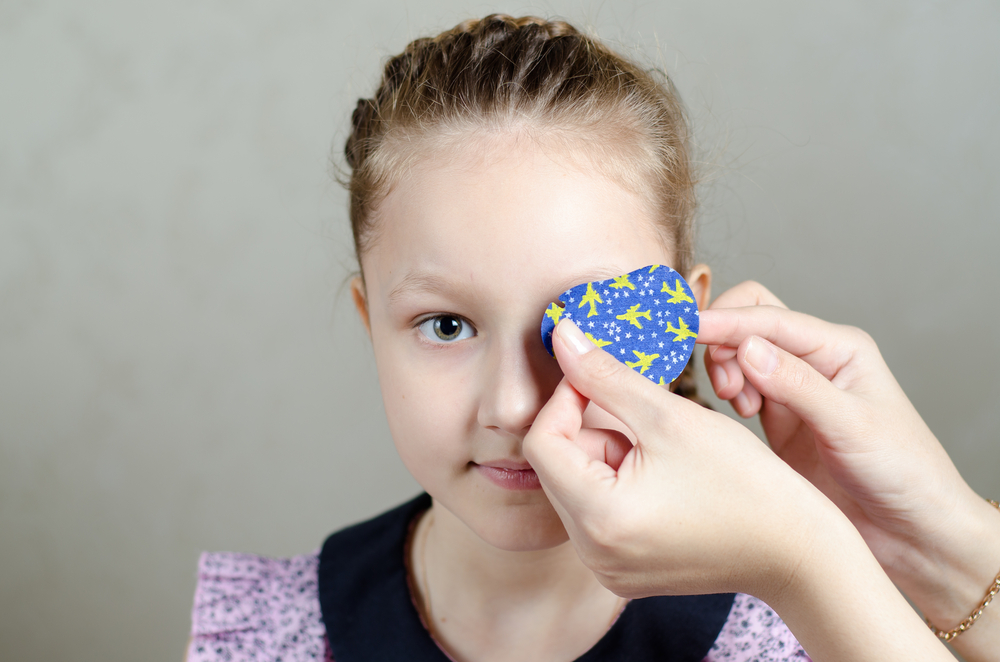Eye Injuries from Chemicals: Who's Getting Them, and Why

Eye injuries caused by chemical burns send tens of thousands of people in the U.S. to the emergency room each year, and young children have the highest rates of these injuries, a new report finds.
Over the study period, 1-year-olds were injured by chemical burns at a rate of 29 kids per 100,000, and 2-year-olds were injured by chemical burns at a rate of 23 kids per 100,000, the researchers found. In comparison, adults ages 18 to 64 had a lower rate of these types of injuries: 13 injuries per 100,000 people, according to the study. [9 Weird Ways Kids Can Get Hurt]
Unsafe storage of cleaning products may be responsible for many of the injuries in children, the researchers said.
The injuries in young children could be almost entirely prevented if "dangerous agents are properly stored," the researchers, led by Dr. R. Sterling Haring, a physician and health policy researcher at the Johns Hopkins Bloomberg School of Public Health, wrote in their study. "Household chemicals should not be stored under sinks, in ground-level cabinets, or in other places that would be potentially accessible to young children," they wrote.
In the study, published today (Aug. 4) in the journal JAMA Ophthalmology, the researchers looked at an insurance database and tallied up the emergency room visits at more than 900 hospitals across the country. They included any visits between Jan. 1, 2010, and Dec. 31, 2013, in which an eye injury from a chemical substance was reported.
Overall, there were 144,149 eye injuries from chemical burns diagnosed in emergency rooms during this time period, or roughly 36,000 visits each year, the researchers found. The majority of the injuries were in men, according to the study.
In addition, the researchers found that about 12 percent of the burns were caused by substances for which the doctors knew the pH.
Get the world’s most fascinating discoveries delivered straight to your inbox.
Among these cases, kids 3 and younger were the most likely of any age group to have burns from alkaline substances, according to the study. These substances are often found in cleaning supplies, the researchers wrote. (Acidic and alkaline refer to the pH of the substance; acidic compounds have a pH of less than 7, whereas alkaline, or basic, compounds have a pH of higher than 7.)
Compared with acidic substances, alkaline chemicals actually do more damage to the eye, according to the study.
This is because acidic and alkaline chemicals react differently in the eye. When an alkaline substance gets into a person's eye, it can break down cell membranes, burn into the cornea (the eye's outer covering) and soften the tissues of the eye, the researchers wrote.
Acidic compounds, though still damaging, can cause proteins to build up in the eye, which may act as barrier to prevent additional damage, they wrote.
Cement, lime, oven cleaner, drain cleaner, chlorine bleach and ammonia products are alkaline substances that commonly cause eye injuries, according to the study. Acidic substances that commonly cause injuries include sulfuric, hydrochloric, hydrofluoric and battery acids.
Originally published on Live Science.



